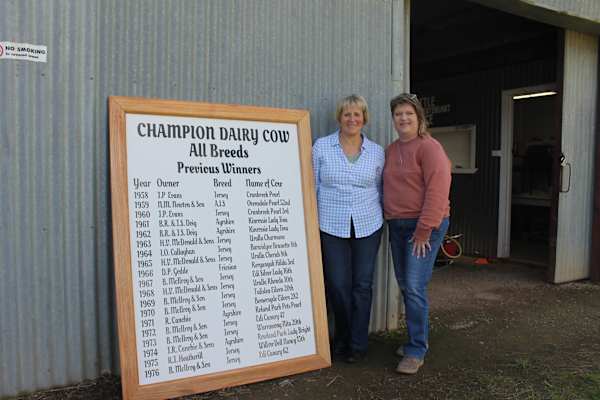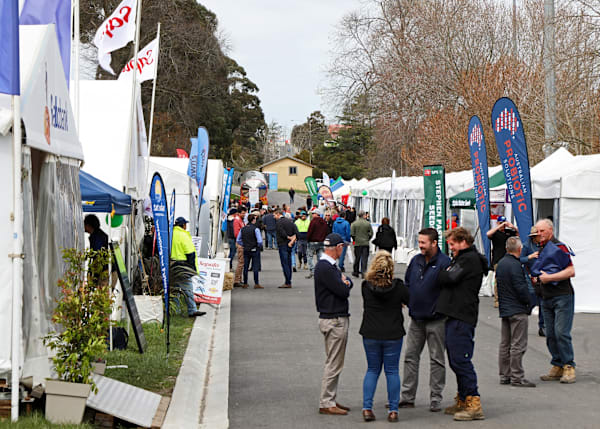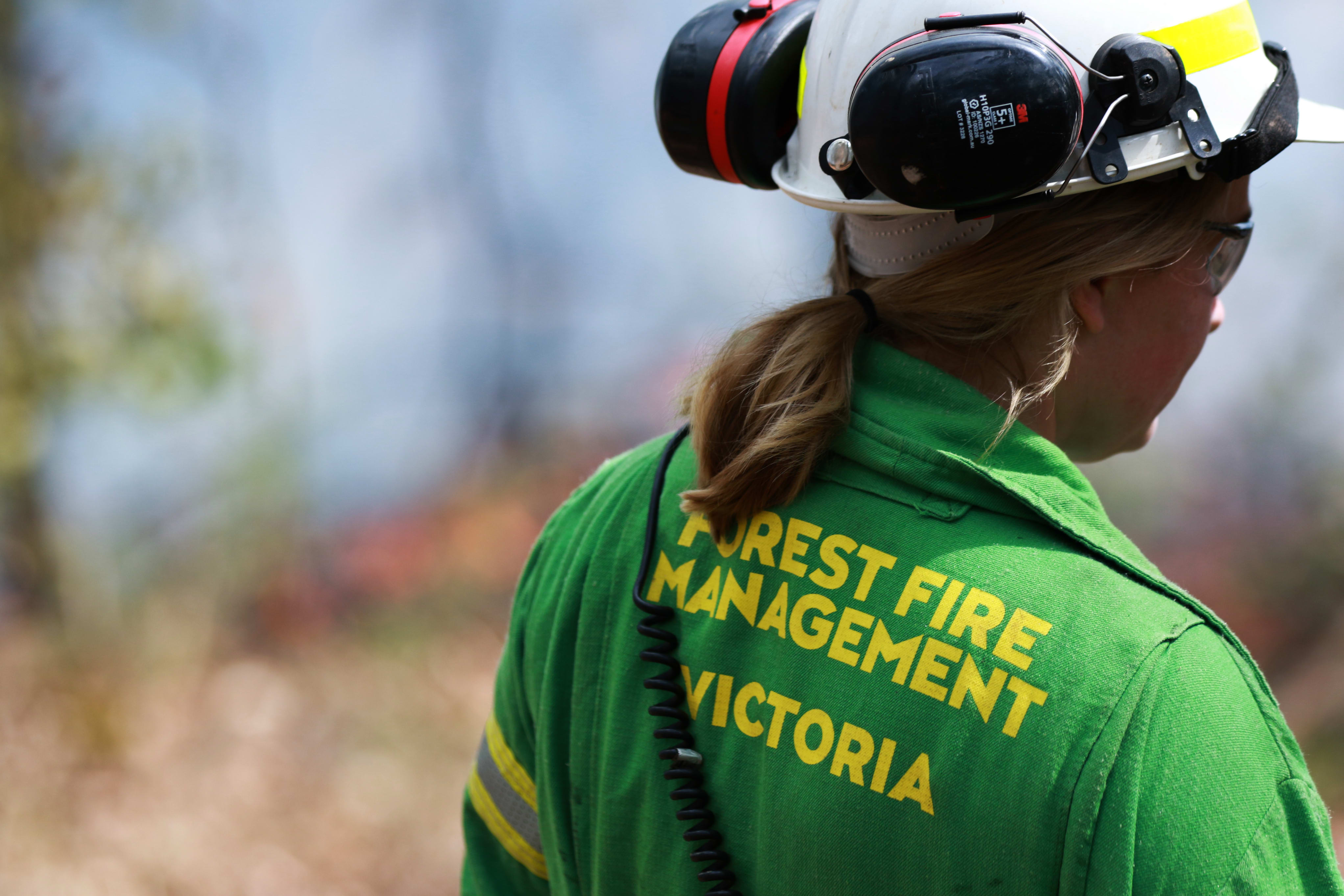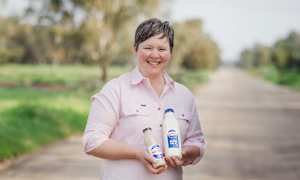SOILS and pasture are the backbone of the dairy farm.
Grant and Leesa Williams, who milk 570 cows on a 240-ha milking area in the small West Gippsland town of Hallora, have always been open to innovation on their farm and saw this area as an opportunity.
“I have always been interested in building healthy soils on our dairy farm and started using some multispecies plantings 10 years ago on small areas of the farm,” Grant said.
“For the last three to four years, we have ramped up our plantings to roughly 50 per cent of the farm in autumn and 50 per cent in spring.
"As a result, we have reduced most of our fertiliser inputs and recent soil tests show no decrease in soil nutrient levels.”
Latest Stories
Over the last 20 years, Victorian farmers have been facing increasingly hot and dry summers and water availability reductions for rain-fed and irrigated agriculture.
This has been exacerbated by escalating nitrogen fertiliser costs, resulting in significant pressure for farmers across Victoria and other temperate regions of Australia to find more sustainable alternative forage options.
Grant and Leesa are keenly interested in the recently funded DairyFeedbase Resilient Forages project, that aims to produce scientific evidence demonstrating how multispecies forages can increase sustainability to prepare for future challenges, including changing climate and fluctuating input costs while maintaining productivity.
DairyFeedbase 2023-28 is a joint venture between Agriculture Victoria, Dairy Australia and the Gardiner Foundation.
It is also one of the dairy industry’s leading innovation programs designed to improve on-farm profitability.
Resilient Forages project leader, Dr Anna Thomson from Agriculture Victoria says the project’s goal is to offer greater resilience and productivity long-term, by growing more nutrient-dense multispecies forage while relying on fewer input resources.
“Previous research highlighted that perennial ryegrass performs poorly under hot and dry conditions with a decrease in biomass and nutritive quality and therefore a detrimental effect on milk production and farm productivity.
“This project aims to equip dairy farm businesses with knowledge on diversifying their forage systems in ways that will help them remain profitable into the future while meeting community expectations regarding agriculture’s impact on the environment.”
Anna says it’s important for farmers to start their own journey towards making their farms more sustainable and adaptable by experimenting with their feedbase, which can, in turn, improve business productivity.
“The important thing to note about this research is that it’s not only about making positive, measurable impacts on the planet, it’s also a tangible business move because reducing input costs is going to help farmers with their bottom line,” Anna said.
Neil Joiner, who lives in a high rainfall farming area near Orbost, has been experimenting with mixed species for over 15 years.
One of his first experiences was adding plantain to his seed mix.
“Initially, I used plantain.
"One of the agronomists said it was cheaper per kilogram per hectare.
"I also noted that New Zealand was advertising the use of plantain and I thought, I’d give it a go. It worked well from a sustainability standpoint,” Neil said.
After working with plantain, Neil moved on to chicory, red clover and lucerne.
He says it has been a trial and error process on the farm to find what works best.
“Chicory is resilient in dry seasons and holds on through pasture renovations.
"The more plants you have you tend to have less bare patches, meaning far less room for weeds.
“I don’t tend to view this as science; it’s more about doing practical things on the farm to improve your output,” Neil said.
Anna says many in the dairy industry tend to understandably “play it safe” and rely on tried and tested traditional pasture types.
For Grant and Leesa and Neil, playing it safe wasn’t meeting their goals for their feedbase and now they are reaping the benefits of what they’ve sown.
For those who are waiting for more scientific evidence before taking the plunge into multispecies mixed pastures, the Resilient Forages research will aim to provide data-driven, practical guidance to help farmers successfully adopt these new practices.
“People need to learn more about the plants they are growing.
"In my experience, it not only benefits my business, but it has created new networks because you’ve got more people talking about it,” Neil said.
“I helped a farmer out recently.
"It took him about four months to get the hang of grazing mixed species paddocks, but he’s managing it, and it’s improving his pastures,” added Neil.
“Give it a go, don’t do the whole farm straight up. You must first learn how to manage it as it grows differently. Start with a smaller portion of the farm and learn as you go.”













